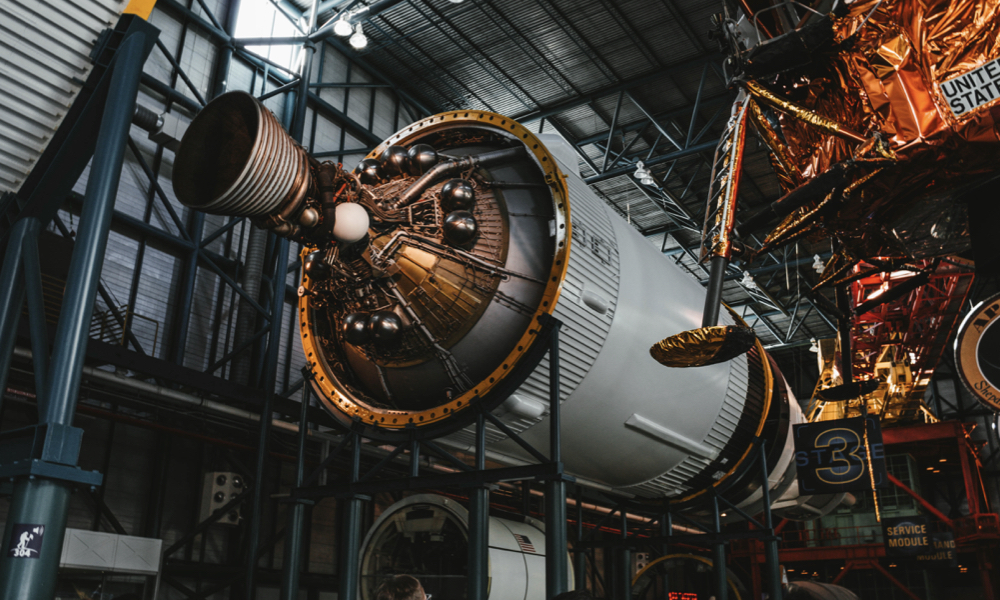
ESA Open Invitation to Tender AO9757
Open Date: 10/07/2019
Closing Date: 31/10/2019 13:00:00
Status: ISSUED
Reference Nr.: 19.1TT.34
Prog. Ref.: CC for Advanced Tech
Budget Ref.: E/0505-01C – CC for Advanced Tech
Special Prov.: BE+DK+FR+DE+IT+NL+ES+SE+CH+GB+IE+AT+NO+FI+PT+GR+LU+CZ+RO+CA+HU
Tender Type: C
Price Range: > 500 KEURO
Products: Satellites & Probes / Thermal Control / Heat storage and rejection / Radiators
Technology Domains: Thermal / Heat Storage and Rejection / Radiators
Establishment: ESTEC
Directorate: Directorate Telecom & Integrated Applica
Department: Telecom Technologies,Product&Systems Dep
Division: Technologies and Products Division
Contract Officer: Piesche, Claudia Ria
Industrial Policy Measure: C2 – Activities in open competition, significant partecipat…
Last Update Date: 10/07/2019
Update Reason: Tender issue
The objective of this activity is to enlarge the spacecraft radiator area by unfolding respectively deploying lightweight radiator extensions. This increases the thermal heat radiation capability of the spacecraft. A deployable radiator breadboard shall be developed, manufactured and tested.Targeted Improvements:Reduction of mass per dissipated power to 15kg/kW, i.e. by a factor of two.Description: Telecom missions are often limited by their thermal heat radiation capabilities. This is especially true for high throughput missions. Current telecom satellites mainly rely on their north/south radiator panels to radiate the thermal dissipation to deep space, but this area, and therefore the heat rejection capability, is limited in order to fit the spacecraft within the fairing ofthe launcher. To increase the thermal heat radiation capabilities, deployable radiators have been developed, or are under development, but these deployable radiatorsare typically heavy, complex and often expensive products.The activity proposed is to enlarge theexisting radiator area of the north/south panels by small, lightweight extensions, e.g. foils, sheets or thin panels. Themain gainin thermal heat radiation area would be achieved for example by applying these extensions at the existing radiator edge(s). By limiting the direction and distance of the extensions, the thermal heat transfer could be performed by thermal conduction only. Furthermore, the interference with other subsystems, e.g. with antennas or the solar array, would be limited. The deployment mechanism itself could be based on a variety of technologies. The radiator surface and/or substrate may be a shape memory alloy that allows a single activation deployment, or multiple deployments/retraction cycles, depending on the application. Various spring loaded devices may be employed utilising a bracket or possible contained within the radiator. It may also be possible to utilise a pressurisation method whereby a sealed area may be filled with nitrogen (or other) gas to allow deployment. A deployable radiator breadboard will be designed, manufactured and tested to verify the heat radiation capability.Procurement Policy: C(2) = A relevant participation (in termsof quality and quantity) of non-primes (incl. SMEs) is required. For additional information please go to EMITS news “Industrial Policy measures for non-primes, SMEs and RD entities in ESA programmes”.
If you wish to access the documents related to the Invitation to Tender, you have to log in to the ESA Portal.
